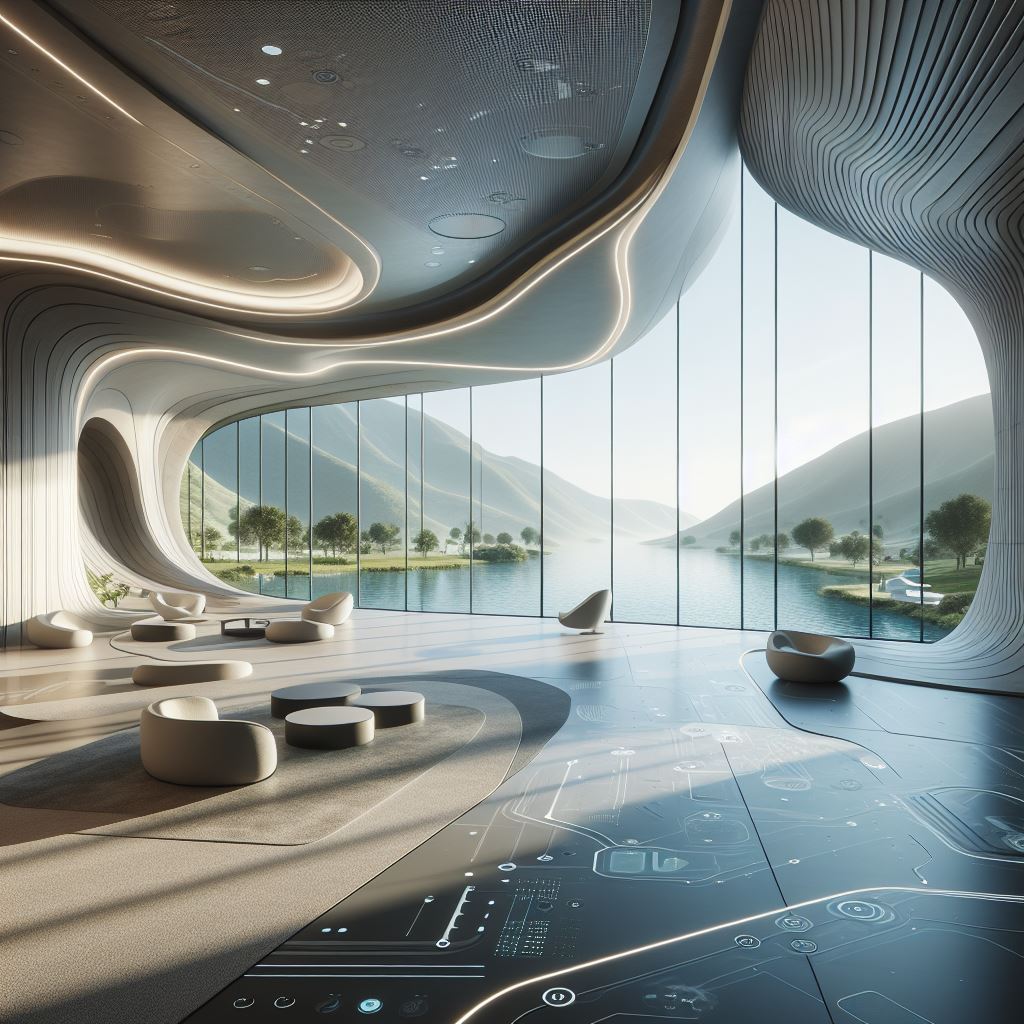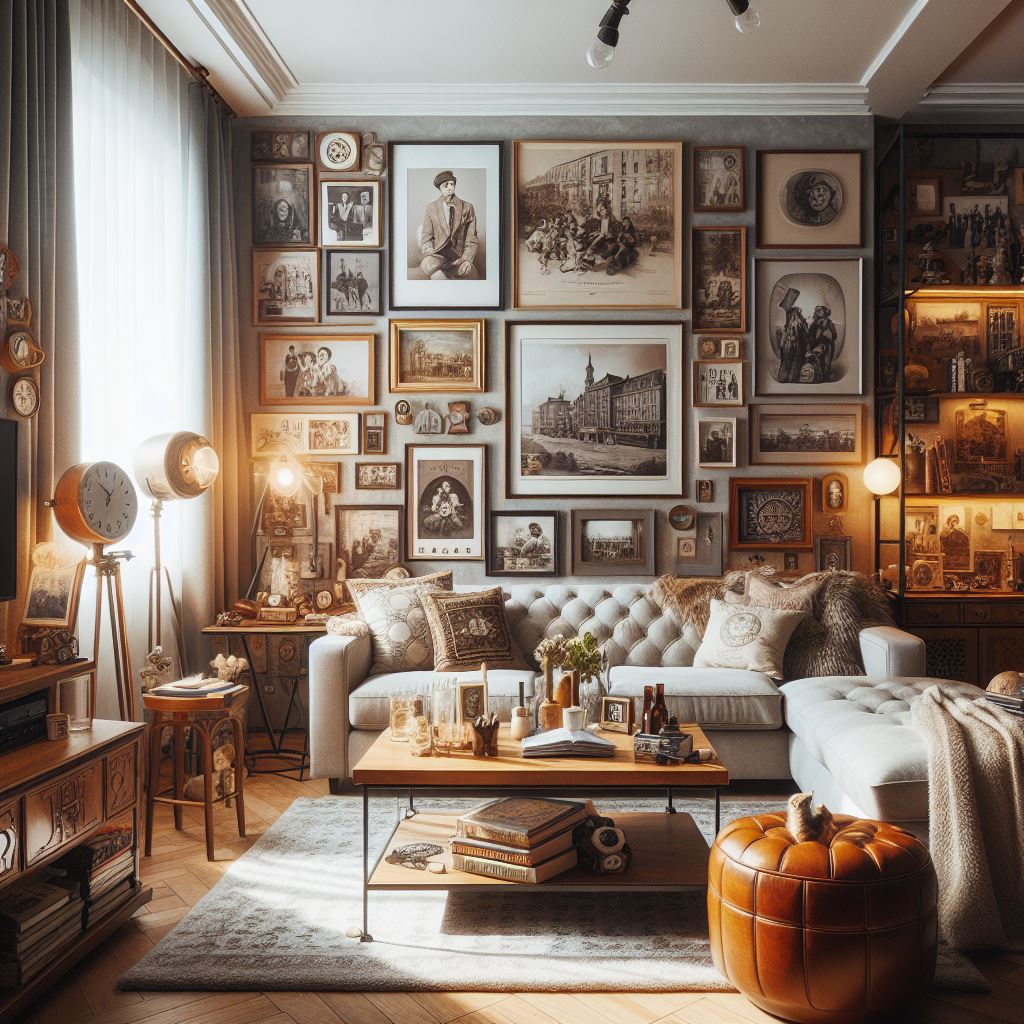Understanding Color Psychology
The study of color psychology reveals the profound impact that colors exert on human emotions and behavior. Warm tones such as red and orange can evoke feelings of energy and warmth, while cool shades like blue and green impart a sense of calm and tranquility. Furthermore, cultural influences play a significant role in shaping our perceptions of color, with certain hues holding symbolic meanings and associations.
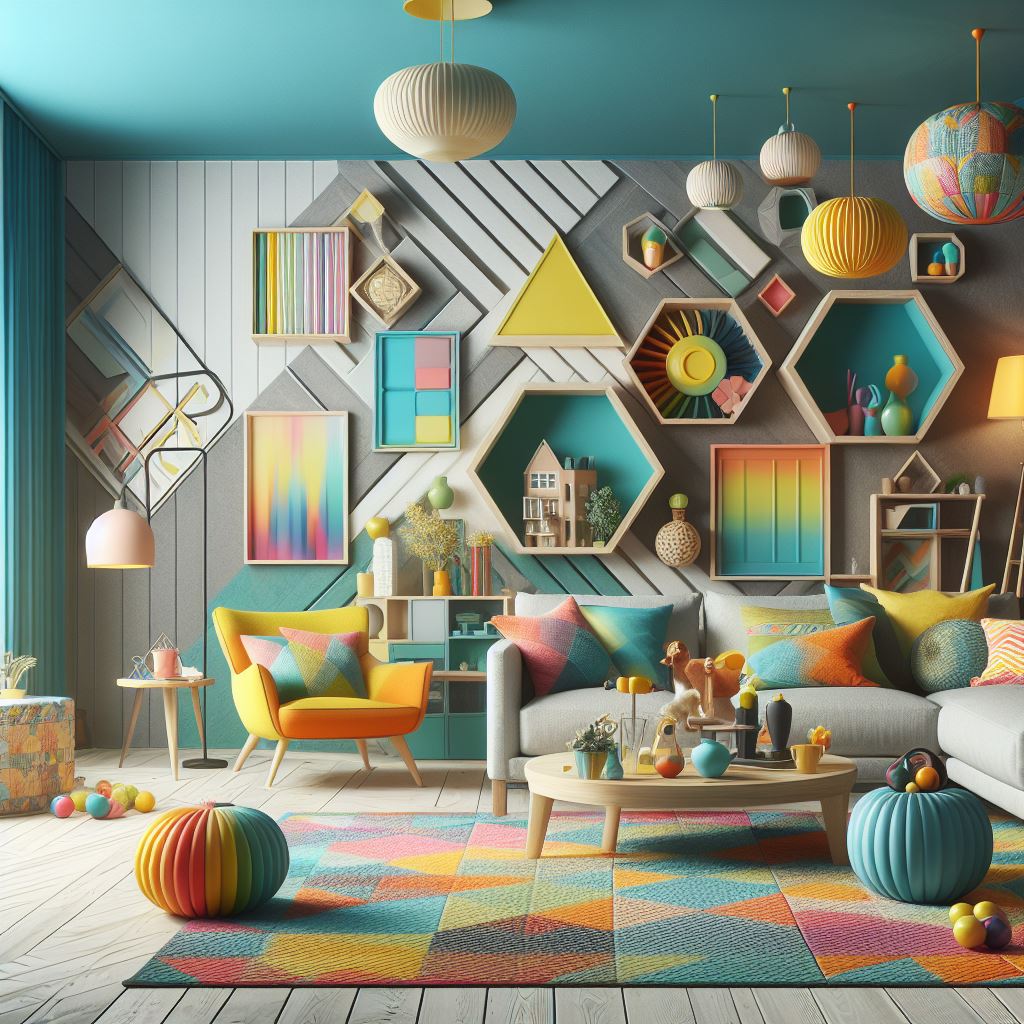
The Science Behind Color Harmony
At the heart of every well-designed color palette lies the principles of color theory. Understanding concepts such as hue, saturation, and value is essential for creating harmonious and visually pleasing combinations. By striking the right balance between complementary and contrasting colors, designers can achieve cohesion and unity within a space.
Factors to Consider When Choosing a Color Palette
When selecting a color palette for a room, several factors must be taken into account. Consider the function of the space and the atmosphere you wish to create. For instance, warm, inviting colors are well-suited to social areas like living rooms, while cool, soothing hues may be more appropriate for bedrooms. Additionally, assess the natural lighting conditions and the existing decor style to ensure compatibility with the chosen palette.
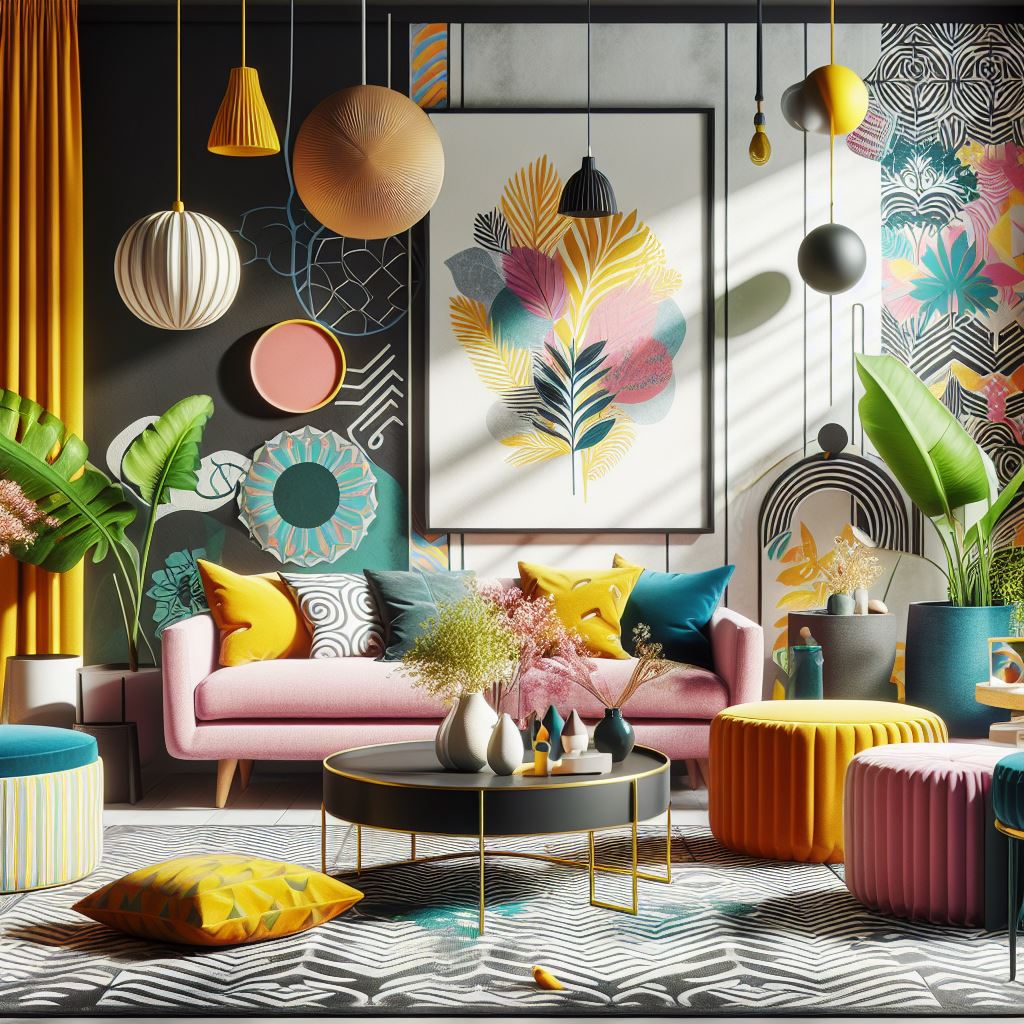
Popular Color Schemes
There are several tried-and-true color schemes that designers frequently rely on to achieve balance and harmony in their designs. Monochromatic schemes involve using variations of a single hue, creating a sense of simplicity and sophistication. Analogous schemes utilize colors that sit adjacent to each other on the color wheel, resulting in a harmonious and cohesive look. Complementary and triadic schemes, on the other hand, involve pairing contrasting or evenly spaced colors for added visual interest.
Tips for Selecting the Perfect Color Palette
Begin by identifying a focal point or inspiration piece that encapsulates the desired mood or theme for the space. From there, apply the 60-30-10 rule, allocating 60% of the room’s color to a dominant hue, 30% to a secondary color, and 10% to accent shades. To ensure a seamless transition from swatch to wall, test samples in the actual space to account for variations in lighting and environment.
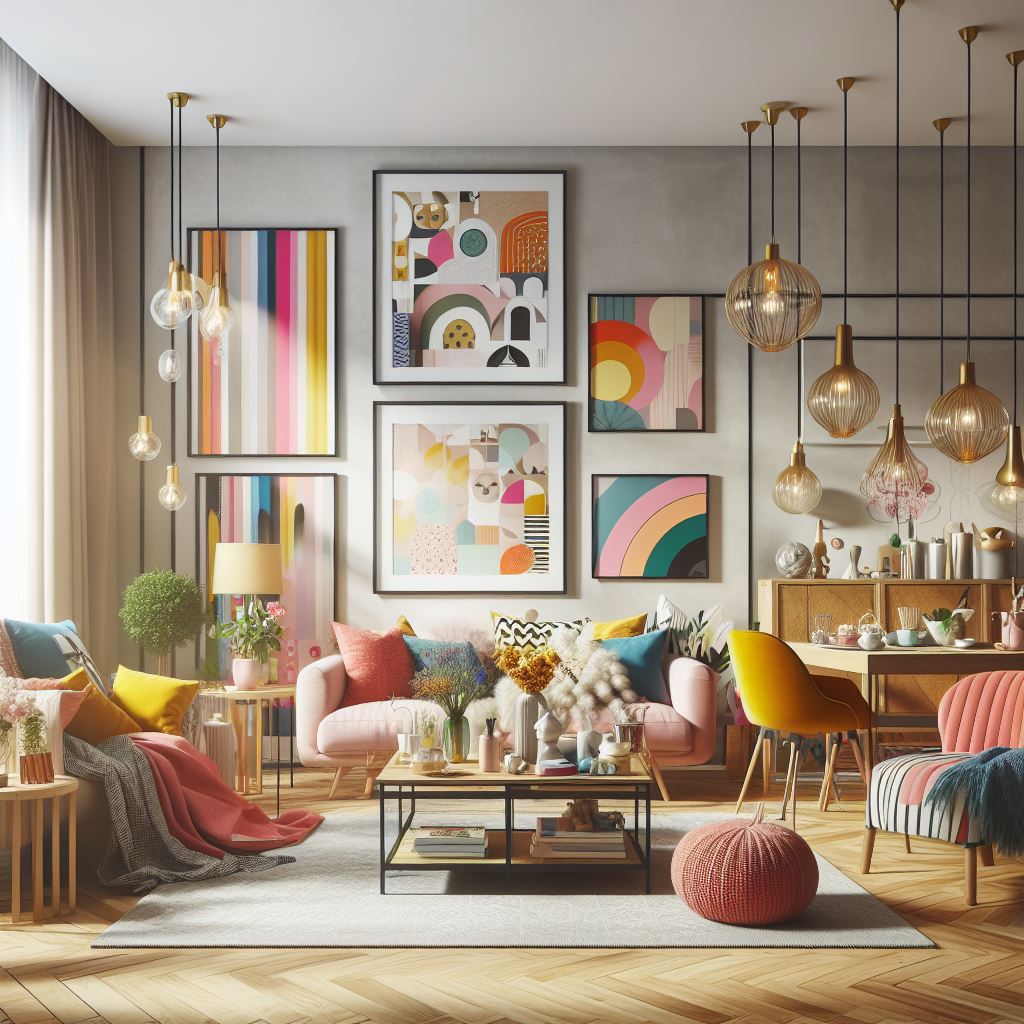
Using Color Psychology to Your Advantage
Harnessing the psychological effects of color can help designers achieve specific goals within a space. Warm colors like red and yellow can stimulate appetite and encourage social interaction, making them ideal for dining areas and kitchens. Conversely, cool colors such as blue and green promote relaxation and concentration, making them well-suited to bedrooms and home offices.
Harmonizing Color with Decor and Furnishings
To maintain balance and coherence within a color palette, it’s essential to consider how colors interact with furnishings and decor elements. Choose complementary hues for furniture and accessories to create visual interest and harmony. Experiment with patterns, textures, and finishes to add depth and dimension to the space without overwhelming the senses.
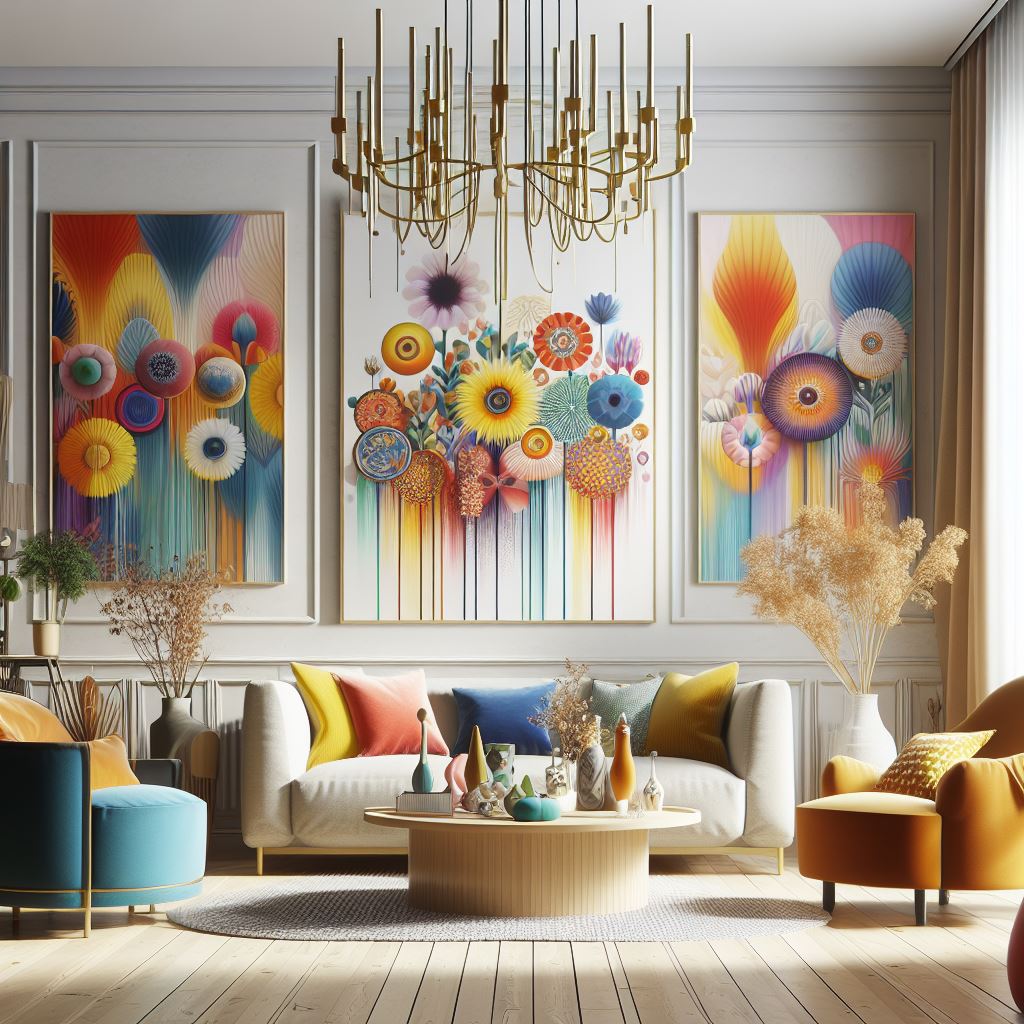
Case Studies: Successful Color Palettes
Examining real-life examples of well-executed color schemes can provide valuable insights and inspiration for your own design projects. From cozy living rooms adorned in earthy neutrals to vibrant kitchens infused with bold pops of color, these case studies showcase the transformative power of harmonious color palettes in creating inviting and visually appealing interiors.
Visualizing Color Palettes
Thanks to advancements in technology, visualizing and experimenting with color palettes has never been easier. Utilize online tools and virtual simulations to preview different combinations and assess their impact on your space. By seeing your ideas come to life in a digital format, you can make more informed decisions and confidently execute your design vision.
Adapting Color Palettes to Different Spaces
Each room in your home serves a unique purpose and thus requires a tailored approach to color selection. Consider the function, size, and architectural features of each space when choosing a palette. Aim for consistency and flow throughout the home by using cohesive color schemes that transition seamlessly from room to room.
Future Trends in Color Palettes
As the world of interior design continues to evolve, so too do trends in color palettes. Keep an eye out for emerging color combinations and innovative uses of hue, saturation, and value. Whether it’s the resurgence of retro pastels or the rise of moody, dramatic tones, staying informed about the latest trends can help you stay ahead of the curve and infuse your designs with contemporary flair.
Conclusion
In conclusion, the process of choosing the perfect color palette is both an art and a science. By understanding the principles of color psychology, mastering the techniques of color harmony, and following practical tips for selection and implementation, you can create interiors that are as visually stunning as they are emotionally resonant. So go ahead, unleash your creativity, and embark on the journey of harmonizing hues to transform your living spaces into reflections of your unique style and personality.
FAQs (Frequently Asked Questions)
- How do I know which colors will work best together? Experimentation is key. Start by identifying a dominant color and then explore complementary and accent shades that complement it. Trust your instincts and don’t be afraid to try bold combinations.
- What if I’m afraid of committing to a bold color scheme? Start small by incorporating pops of color through accessories like throw pillows, rugs, and artwork. This allows you to test the waters without making a permanent commitment.
- Can I use different color palettes for different rooms in my home? Absolutely. In fact, using varying color palettes can help create distinct atmospheres and delineate different functional areas within your home. Just be sure to maintain a sense of cohesion and flow between spaces.
- How can I make a small room feel larger using color? Light, neutral colors tend to visually expand a space and create a sense of airiness. Consider painting walls in soft whites or pale grays and incorporating mirrors to reflect natural light and enhance the feeling of spaciousness.
- Are there any colors I should avoid using in certain rooms? While there are no hard and fast rules, it’s generally a good idea to avoid overly stimulating or distracting colors in spaces meant for relaxation or concentration, such as bedrooms or home offices. Opt for calming, subdued hues instead.
